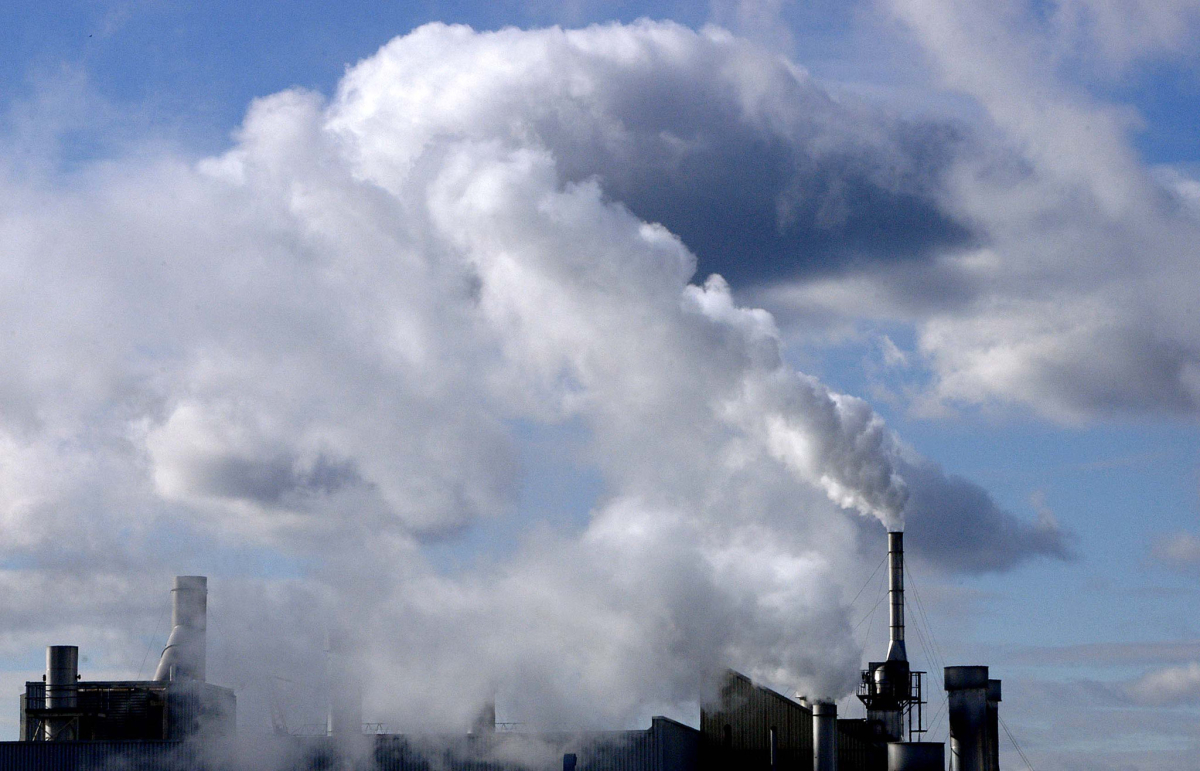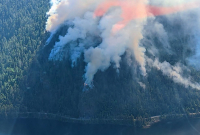A long-awaited update to Canada’s main environmental law is set to come into force after passing through both the House of Commons and the Senate.
On June 13, senators voted unanimously to adopt Bill S-5. The bill includes significant updates to the country’s cornerstone environmental law — the Canadian Environmental Protection Act (CEPA) — which regulates air and water quality, toxic substances, hazardous waste, plastic pollution, biodiversity and climate action. This is the first time since 1999 that the CEPA has been updated, and the new law is being hailed by some environmental groups as an important step forward in protecting the environment and human health.
Still, the final text of the bill is not without criticism. Federal Green Party MPs Elizabeth May and Mike Morrice voted against S-5, calling the proposed updates “overall, a step backward.” Some environmental groups also say it has shortcomings.
Here are the basics of the new law.
Right to a healthy environment
Under the new law, “every individual in Canada has a right to a healthy environment,” and the government must protect that right. This includes our right to breathe clean air, drink clean water and eat safe food, all of which are legally protected for the first time.
Notably, the law also requires the government to uphold the principles of environmental justice and consider the cumulative impacts toxic chemicals can have, particularly on vulnerable populations. This is important because poor, racialized communities are disproportionately exposed to toxic substances and air and water pollution.
Together, the federal health and environment ministers must develop a framework to implement this right within two years of the bill coming into force.
Cracking down on toxic chemicals
The federal government is now required to prioritize prohibiting the most dangerous chemicals used in Canada, except for pesticides, which are regulated under another law.
Furthermore, the federal government will need to evaluate and take into account the cumulative effects and exposure levels of toxic chemicals on vulnerable populations when it assesses whether a chemical is toxic.
One of many other new measures is a requirement to create a “watch list” of substances capable of becoming toxic to humans or the environment. This would apply to chemicals with hazardous properties that aren’t widely used or haven’t been assessed yet. The new rule aims to prevent situations where companies replace one toxic chemical with another.
Earlier this year, Liberal and Conservative MPs voted against an amendment proposed by May that would force companies that make or use toxic chemicals to create a “pollution prevention plan” for each substance to ensure it doesn’t get into the environment. Environmental groups, the NDP and the Greens were critical of this decision.
Areas to improve
Despite the bill’s passage being a major milestone, health and environmental groups — including the Canadian Environmental Law Association, Canadian Association of Physicians for the Environment and the David Suzuki Foundation — say it needs to go further on several fronts.
In March, Nature Canada pointed to a need for stronger regulations on genetically engineered animals (like salmon and other fish) to ensure wild animals don’t have to compete with them for food, end up breeding with the genetically engineered species or become prey. The Senate tried to address this topic by requiring the government to hold public consultations on genetically modified organisms and assess their risk to wild animals, but the House of Commons voted down those amendments.
The law currently prohibits dumping pollution in the ocean, but accidental dumping and any discharge that’s part of the “normal operation of a ship” are exempt, according to a 2022 West Coast Environmental Law report. Groups caution that pollution caused by accidents or negligence can continue unchecked unless the law is amended.
Similarly, environmental and health groups say the updates don’t do enough to address air pollution, ensure hazardous substances are clearly labelled on consumer products and prevent illegal exports of plastic garbage.
Environmental groups say Environment and Climate Change Minister Steven Guilbeault indicated a second bill to make more updates to the CEPA will be introduced.
— With files from The Canadian Press
Natasha Bulowski / Local Journalism Initiative / Canada’s National Observer






Comments
Next version sounds like a good idea.
But when will we be allowed to have air, water and soil free of toxic pesticides???